Economy
NASA, Boeing extract lode of data amid Starliner’s extended stay in space
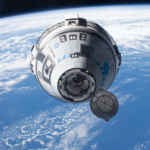
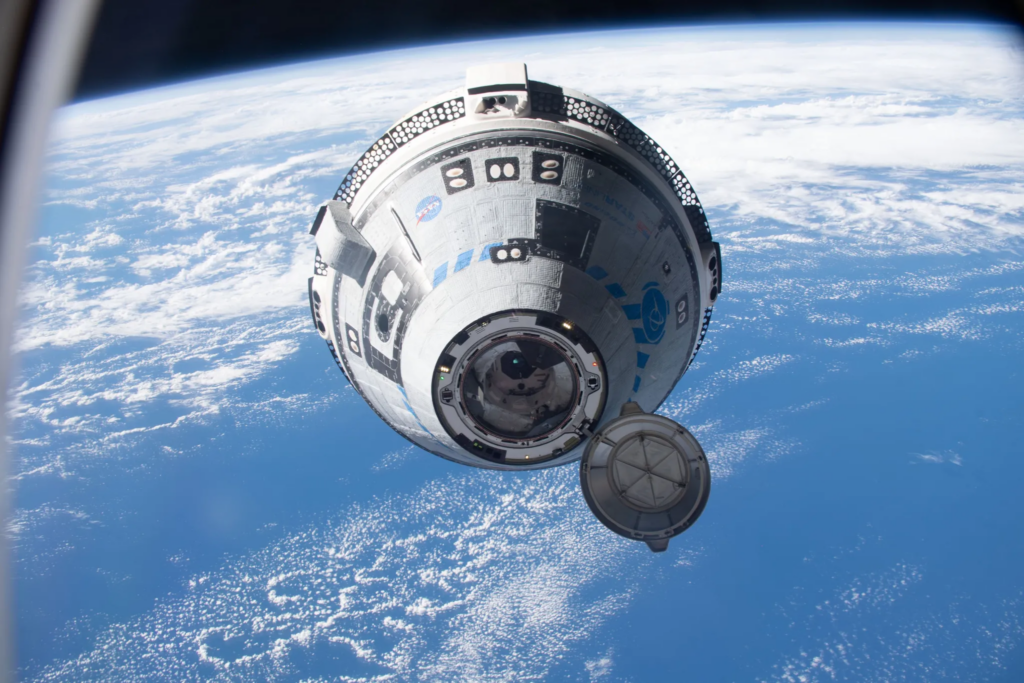
Boeing Starliner Commercial Crew Module deemed safe to return astronauts to Earth for emergency return as engineers diagnose anomalies.
Ariane 6, Europe’s long-awaited launch vehicle, makes maiden flight

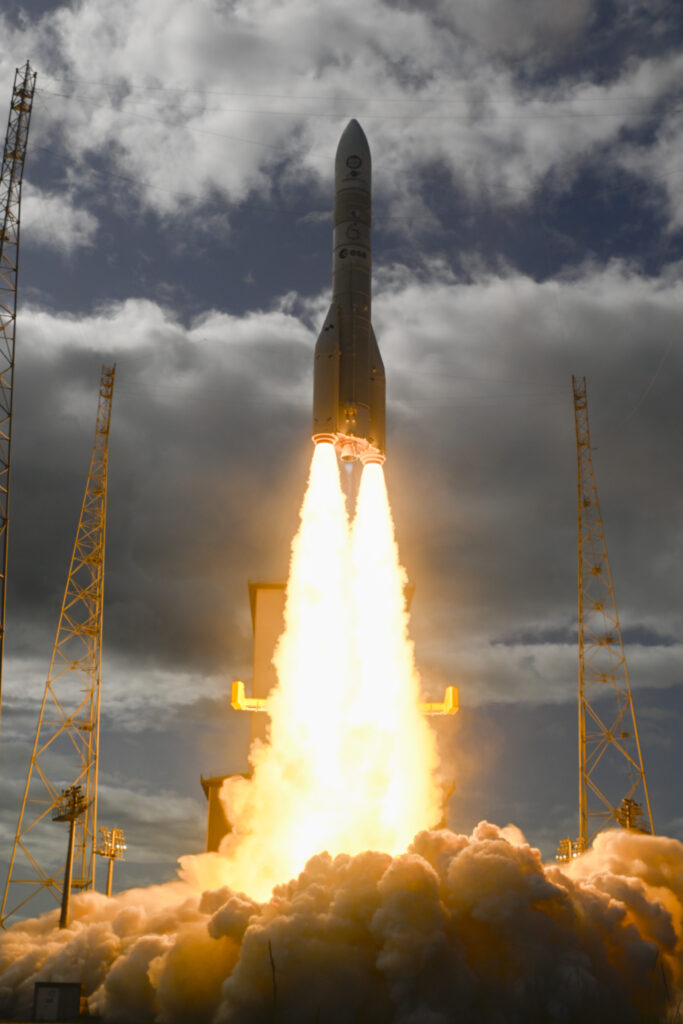
Ariane 6, the launch vehicle designed to ensure the European Space Agency’s access to orbit, flew from French Guiana on Tuesday, ending four years of delays with triumph.
SpaceX expanding operations, increasing launches in Southern California

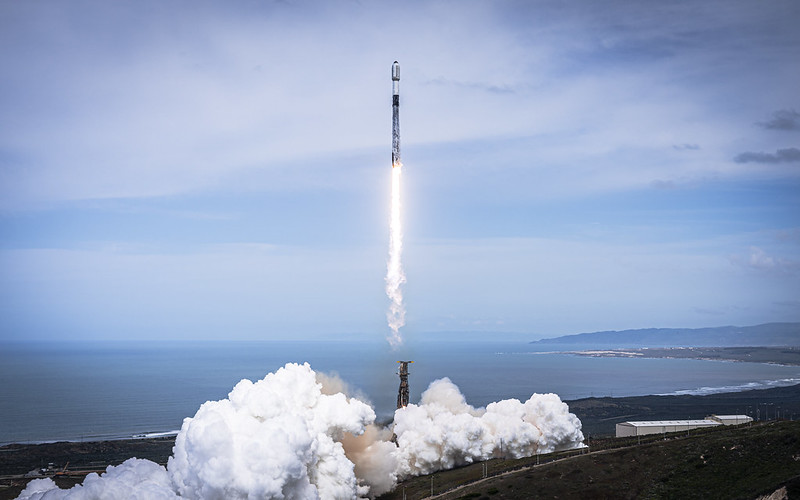
SpaceX is expanding its facility and renewing its lease at the Port of Long Beach to support an increased launch cadence out of Vandenberg Space Force Base.
Boeing Starliner accomplishes first crewed launch to ISS
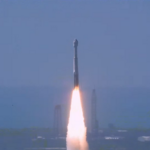
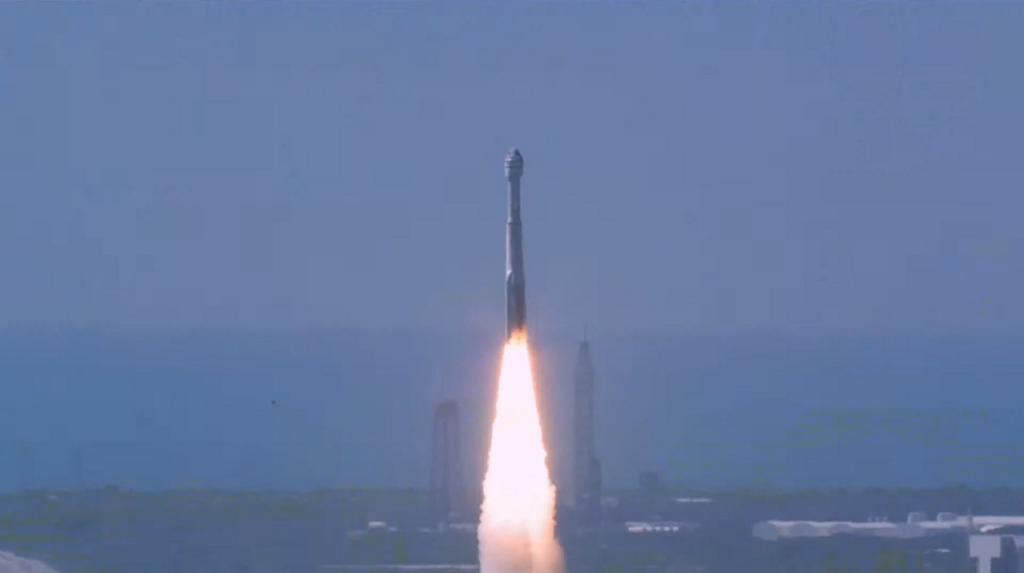
Boeing’s Starliner spacecraft launched from Cape Canaveral with astronauts onboard for the first time. With this success, Starliner is poised to be only the second commercial crewed vehicle that is certified to bring astronauts to the ISS.
SNAPSHOT: Global space economy
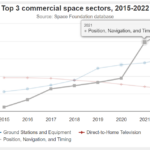
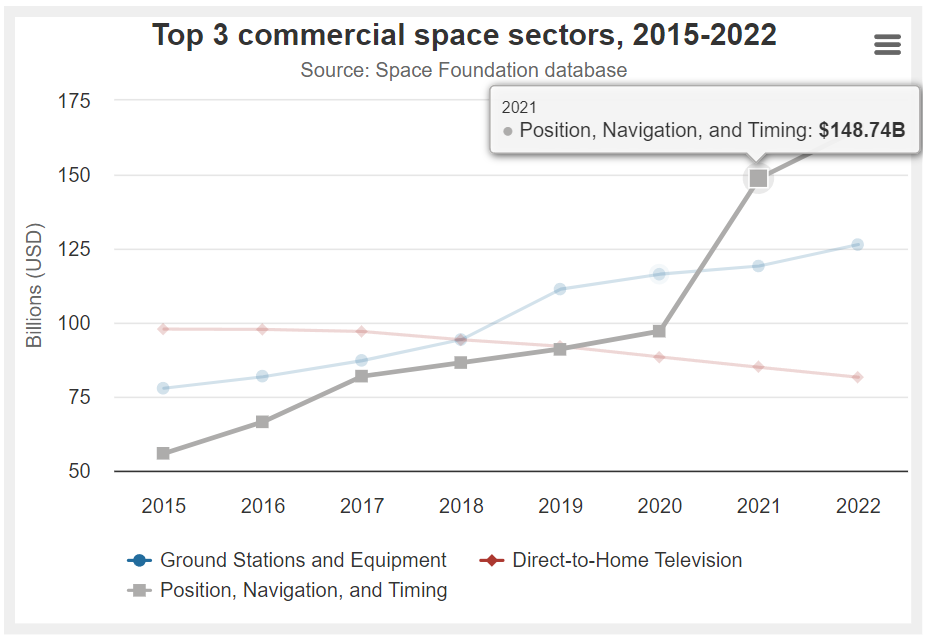
The global space economy totaled $546 billion in 2022, 8% higher than 2021 — and it could reach $772 billion by 2027, according to Space Foundation analysis.
Budget proposals deny increases to NASA, Space Force
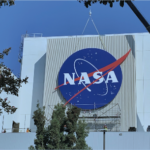
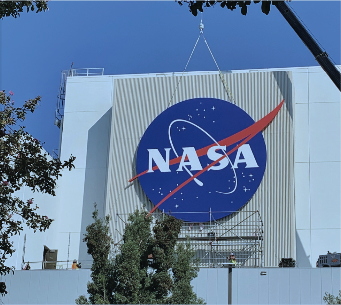
Federal space budgets would shrink in 2025 under a March proposal issued by President Joe Biden. The budget, which comes after several years of spending increases on space programs, has been tied to NASA layoffs and program delays.
INSIGHT: LunA-10 – DARPA’s bridge to the lunar economy


For space programs and companies, the Moon looms large as a contested frontier of space access and commercialization. The cadence of attempted Moon landings is increasing.
The S-Network Space Index℠ 2023 Performance
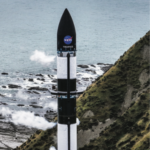
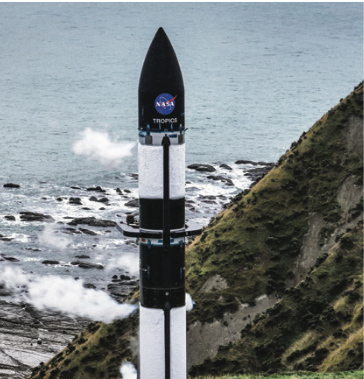
The S-Network Space Index℠ tracks a global portfolio of publicly traded companies that are active in space-related businesses such as satellite-based telecommunications; transmission of television and radio content via satellite; launch vehicle and satellite manufacturing, deployment, operation, and maintenance; manufacturing of ground equipment that relies on satellite systems; development of space technology and hardware; and space-based imagery and intelligence services.
Nation in Review: Japan

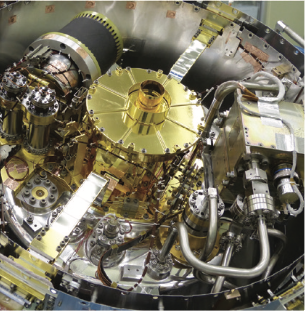
As the space economy continues to grow, Japan is capitalizing on new opportunities in the public and private sectors. Government budget increases, private industry investment, and international cooperation are contributing to the nation’s plans to double its space market in the coming decade.
Senate approves bill to limit space debris amid budget battles


A measure aimed at reducing space debris has passed the U.S. Senate with unanimous support and is headed to the House floor. The Orbits Act would require NASA to establish a pilot program for clearing debris from orbit, and orders tighter regulations to limit space junk.